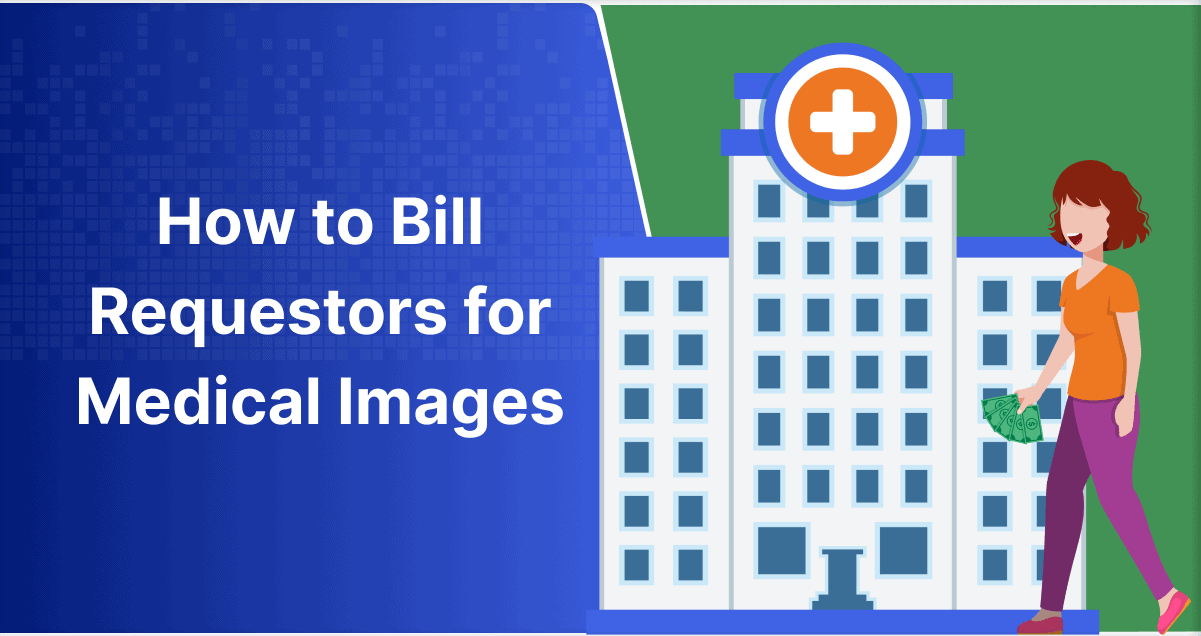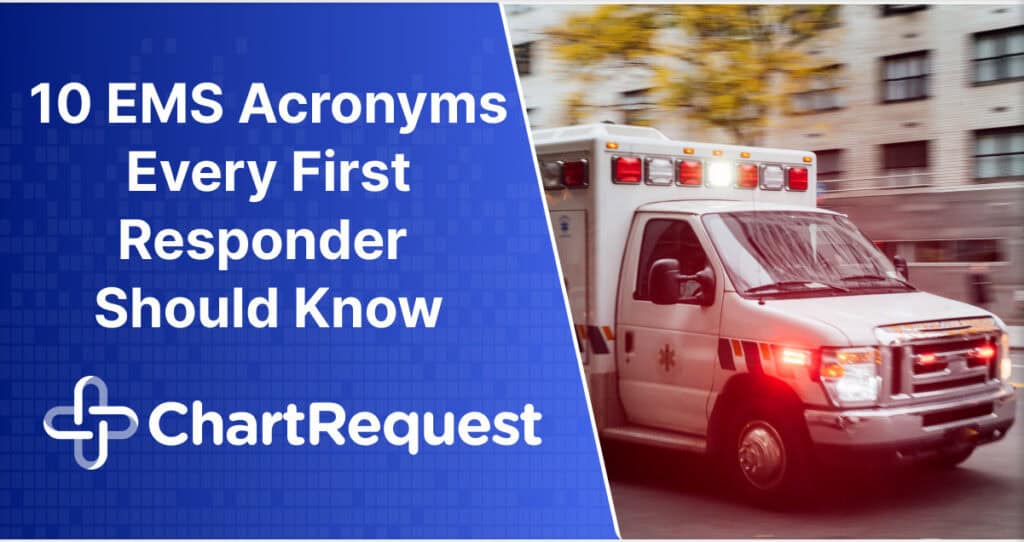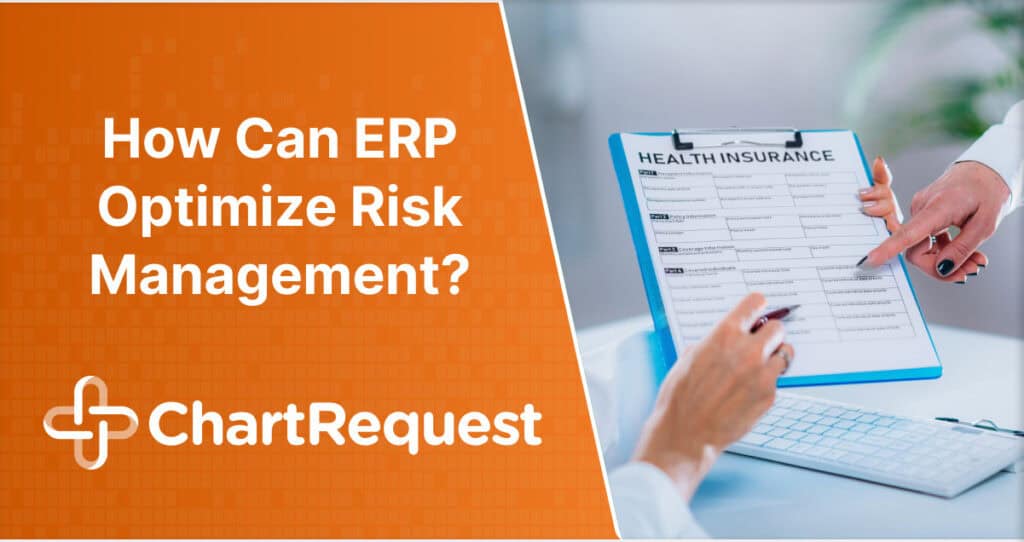Tired of the Billing Maze in Medical Imaging? Discover a Simpler Path.
Medical image copy fees follow complex coding and regulatory demands. This poses a significant challenge for healthcare providers.
Common problems include coding errors, managing state and HIPAA compliance, and ensuring patient data security. These elements make this a heavily regulated aspect of healthcare.
ChartRequest offers a streamlined solution to these common issues, adheres to stringent regulations, and boosts billing efficiency. This helps healthcare providers concentrate on patient care.
This article will explore this elaborate process of billing for medical image copying and release. We’ll also discuss how ChartRequest can support healthcare providers in maneuvering this demanding landscape.
What Does Billing for Medical Images Mean?
Medical image billing manages payments for sharing medical images electronically. A key fact to remember is that care coordination requests between healthcare providers are ineligible for billing.
However, when it comes to patients, legal professionals, and insurance companies, you can bill for the release of medical images.
You can also ensure accurate billing by using digital methods like release of information (ROI) platforms to swap images and reports.
Digitizing gets rid of the need for old-school storage like film, making image sharing quicker. This not only speeds up the time for patients to get results but also betters their care.
Key points about medical image billing:
- Digital sharing: Image quality and speed of sharing have improved significantly.
- Access to images: Digital tools let healthcare providers access patients’ images from various systems improving access to information.
- Patient and provider benefits: Quick digital access improves treatment results, benefiting both patients and doctors.
- Convenience for providers: Doctors can view images from any of their devices.
- Security importance: Powerful encryption and a comprehensive suite of security features make release of information solutions like ChartRequest more secure than standard methods.
Understanding HIPAA Guidelines in Billing
HIPAA provides rules for protecting patients’ medical information, including medical image billing.
Healthcare providers must make sure electronic health information stays confidential, accurate, and accessible. This includes healthcare images.
They must also put in place measures to prevent unauthorized access, use, and sharing of this information.
Additionally, healthcare providers must get patient consent before sharing their medical images with other entities for billing purposes.
Adhering to HIPAA rules is crucial for safeguarding patient privacy and security in medical image billing processes.
Understanding HIPAA guidelines in medical image billing is essential for healthcare providers. This way, you maintain compliance, protect patient privacy, and support efficient operations.
Let’s dive into the key components of these regulations:
HIPAA Privacy Rule
- Individual rights: This rule allows patients to access their medical records, including images. This guarantees transparency and patient empowerment.
- Authorization requirements: Healthcare entities must get written authorization for using or disclosing PHI beyond treatment, payment, and healthcare operations.
- Minimum necessary standard: Only the minimum required patient health information is disclosed. This safeguards against unauthorized access.
HIPAA Security Rule
- Technical safeguards: HIPAA Security Rule sets national standards to protect ePHI. This includes administrative, technical, and physical precautions. This is crucial in digitizing medical records.
- Business Associate Agreements: Mandatory for third-party service providers handling ePHI. This is a legally binding document declaring their compliance with HIPAA standards.
Billing for Medical Images Under HIPAA
When billing for medical images, it’s important to remember the following regulations:
- While HIPAA doesn’t set specific charges for medical images, it mandates reasonable, cost-based fees. This aligns billing with the actual costs incurred and helps in avoiding overcharging.
- Permissible fees can include labor for copying, supplies, and postage, but should be fair and transparent.
- Flat fees for records must not be excessive, as they may conflict with HIPAA’s right of access provisions.
- In case of conflict, federal law (HIPAA) prevails over state laws.
HIPAA guidelines for medical image billing help keep patient information safe while also fitting healthcare providers’ needs. Understanding and following these rules is key for healthcare centers to avoid legal problems and earn their patients’ trust.
ROI platforms like ChartRequest are vital here because they offer safe, effective, and rule-abiding ways to handle and share medical images. These platforms help healthcare providers make their billing smoother and stick to HIPAA rules.
State-Specific Fee Regulations for Medical Billing of Images
When it comes to billing for medical images, state laws can sometimes differ from HIPAA regulations. Healthcare providers must follow both.
HIPAA allows for reasonable, cost-based fees for medical records, including medical images. This fee covers labor, supplies, and postage and should be transparent.
State laws might add their own rules, like fee limits or extra disclosure needs. But HIPAA rules take precedence.
When in doubt, remember that all pricing regulations are designed to impose limits. In order to be compliant with state and federal pricing limitations, you generally need to go with the lower limit.
Some states might even allow patients to get a free copy of their medical images.
Here is a good breakdown:
- HIPAA Guidelines: Allow charging for the cost of labor, supplies, and postage for copying medical records, including images. Fees must be fair and transparent, reflecting the actual costs.
- State-Specific Regulations: States may have different rules, like fee caps or special disclosure requirements. There are cases where state laws offer more generous terms to patients, such as free copies of medical images. Providers must comply with these state-specific rules.
- Balancing Compliance: Healthcare providers must balance HIPAA guidelines with state laws. They should aim for a pricing structure that’s both fair and compliant with all applicable regulations. When state laws conflict with HIPAA, usually HIPAA prevails unless the state law is more favorable to the patient.
Navigating Variations in State Laws
Grasping state laws when it comes to medical image billing is important if you’re a healthcare provider. These laws can vary significantly from HIPAA regulations, impacting billing practices.
- Stricter state laws: Some states have tighter privacy laws than HIPAA. These laws offer more protection for health information. They may override HIPAA when they provide greater privacy rights.
- Less stringent state laws: In cases of less stringent state laws, HIPAA regulations take precedence. This sets a federal standard for privacy protection.
- Specialized state regulations: Certain states have specific laws addressing medical privacy or patient access. These are areas that HIPAA may not fully cover. Here, providers must adhere to both state and federal regulations.
- Resolving conflicts: When state laws clash, HIPAA often acts as the deciding factor due to its federal scope.
Healthcare providers must stay informed and compliant with both HIPAA and varying state laws. This ensures the highest level of patient privacy and data security while safeguarding against legal complications and penalties.
Balancing these regulations is key to maintaining lawful and efficient operations in healthcare.
Best Practices in Medical Imaging Billing
In medical imaging billing, using best practices is crucial for accuracy, transparency, and involving patients.
We’ll look at key strategies for healthcare providers to make their billing smoother. These include keeping up with coding updates and communicating clearly with patients. By doing so, we improve efficiency and build patient trust and satisfaction.
Let’s dive into these practices to see how they make billing more effective and focused on patient needs.
- Stay current with coding changes: Keeping up-to-date with medical codes is vital for accurate billing. This includes staying informed about changes in diagnoses, treatments, and procedure codes.
- Customized claims edits: Implementing customized claims edits increases medical coding accuracy, especially for large medical groups dealing with various payers and specialties.
- Accurate patient records: Ensuring patient records are correct is key to avoiding errors in billing and claims forms.
- Financial Clarity: Patients appreciate transparent billing practices, which can enhance their overall satisfaction and trust in healthcare providers.
- Empowering Patients with Transparency: Providing clear information about healthcare pricing and billing helps patients make informed decisions about their care.
Incorporating these best practices in medical imaging billing increases operational efficiency and strengthens patient-provider relationships. This leads to better patient satisfaction and engagement in their healthcare journey.
Minimizing Errors and Denials
Minimizing errors and denials in medical imaging billing is vital for smooth healthcare operations. Common issues often arise from coding errors, which can lead to claim rejections and delays in payments.
- Accurate Coding Practices: Ensuring correct coding is crucial. Errors often occur due to outdated codes or misinterpretations. Regularly updating coding knowledge and cross-checking codes can significantly reduce these errors. The American Academy of Professional Coders (AAPC) suggests that the average coding error rate should be below 5% for optimal billing efficiency.
- Importance of Regular Training and Updates: Continuous training is essential for billing staff. Regular updates on coding standards, billing regulations, and software changes are necessary. This training ensures that staff are well-equipped to handle billing tasks accurately.
- Tracking Industry Changes: Keeping up with industry changes, such as new CPT (Current Procedural Terminology) codes or ICD (International Classification of Diseases) updates, is also crucial. This minimizes errors and keeps the billing process compliant with current healthcare regulations.
Effective billing practices, combined with ongoing education and adherence to updated guidelines, are key strategies in reducing billing errors and denials in medical imaging. This approach not only streamlines the billing process but also enhances the overall financial health of healthcare providers.
Leveraging Technology for Efficient Billing
Using technology for better billing is essential, especially for medical imaging. ChartRequest is leading this change with its advanced tools that make billing smoother and compliant.
We’ll look at how ChartRequest’s software improves the billing of medical images, focusing on its main features and how they help healthcare providers.
ChartRequest’s software plays a vital role in enhancing billing efficiency. Its key features include:
- Automated Billing: The software automates many steps in the billing process, reducing manual errors and saving time.
- Compliance with Regulations: It ensures all billing procedures comply with HIPAA and other regulations, safeguarding patient information.
- Integrated Coding Updates: ChartRequest stays updated with the latest coding changes, ensuring accuracy in billing.
- Real-time Tracking: Providers can track the billing process in real-time, offering transparency and better management.
- Secure Data Handling: The platform uses advanced security measures to protect sensitive billing information. Our medical records copy service ensures that end-to-end transactions are encrypted and fairly priced.
By integrating these features, ChartRequest streamlines the billing of medical images, making the process faster, more accurate, and compliant with healthcare standards. This leads to a smoother financial operation for healthcare providers and enhances patient satisfaction.
ChartRequest Self-Service vs. Full-Service ROI
ChartRequest provides two practical solutions for managing the Release of Information (ROI) in healthcare: Self-Service and Full-Service partnerships.
These partnership options are designed to meet healthcare providers’ varying needs and capabilities.
The ChartRequest Self-Service model allows providers to manage the ROI process themselves using the platform. This gives them more control.
The Full-Service model hands over the entire process to ChartRequest’s experienced team. This offers ease and efficiency.
Choosing the right option depends on each healthcare organization’s specific requirements and resources for handling patient information requests.
Here’s a breakdown of both plans:
Self-Service ROI
- User-Driven Process: In the self-service model, the healthcare provider’s staff manages the ROI process themselves using ChartRequest’s platform. This includes receiving, processing, and fulfilling requests for medical records.
- Control and Oversight: The healthcare provider controls the entire process, from verifying requests to sending out the information.
- Cost-Effective: This option can be more cost-effective for organizations that have the resources and staff to manage the process internally.
- Technology Support: ChartRequest provides the necessary technology and software support, including tools for tracking, managing, and securely sending health information.
- Compliance Assistance: While the provider handles the ROI process, ChartRequest’s platform ensures that all actions comply with HIPAA and other regulations.
Full-Service ROI
- Outsourced Management: In the full-service model, ChartRequest takes on the responsibility of managing the entire ROI process on behalf of the healthcare provider.
- Expert Handling: ChartRequest’s team of experts handles all aspects of the ROI process, from receiving requests to delivering the requested information, ensuring professional and efficient handling.
- Reduced Administrative Burden: This option significantly reduces the administrative burden on the healthcare provider’s staff, as they do not have to process each request individually.
- Enhanced Compliance and Security: With a dedicated team focused on ROI, there’s often a higher level of compliance and security, as the process is managed by specialists familiar with the nuances of healthcare regulations.
- Cost Savings: By significantly reducing overhead costs of maintaining a complete release of information team, Full-Service partnerships can help organizations like yours save.
Choosing the Right Option
Both Self-Service and Full-Service partnerships offer immense value, but your organization’s unique needs and goals may make one option more appealing than the other. When comparing partnership options, consider the following:
- Size and Capacity of the Organization: Larger organizations or those with high request volumes might prefer Full-Service to ensure continuous efficiency, while smaller practices might opt for Self-Service to maintain total control.
- Resource Availability: Full-Service ROI can be a valuable solution if a healthcare provider has limited staff or those staff are needed for other critical tasks.
- Compliance Confidence: Organizations confident in their ability to manage compliance may lean towards Self-Service, while those seeking extra assurance might prefer the Full-Service option.
In summary, the choice between Self-Service and Full-Service partnership with ChartRequest depends on the specific needs, resources, and preferences of the healthcare organization.
ChartRequest – Your Partner in Efficient Medical Image Billing
The effective management of medical image billing is a crucial component for healthcare providers. Proper billing practices, adherence to federal and state regulations, and minimizing errors are paramount in ensuring efficiency and patient satisfaction.
ChartRequest emerges as a powerful tool in this landscape, offering streamlined, secure, and compliant solutions for medical image billing.
We encourage you to explore ChartRequest’s innovative solutions to optimize your billing processes. Integrate ChartRequest into your workflow to boost accuracy, reduce denials, and maintain the highest standards of patient information confidentiality.
Discover how ChartRequest can transform your medical image billing process. Embrace the benefits of advanced technology and expert support. Request a demo and take the first step towards billing excellence.








